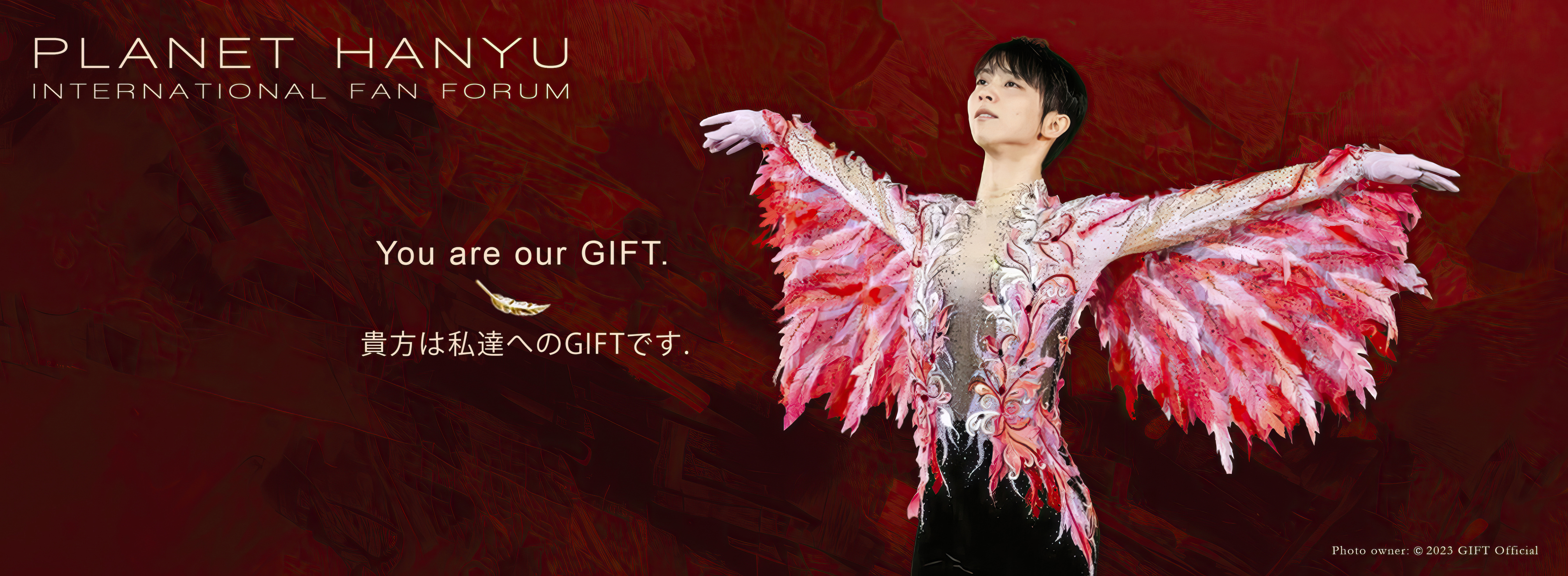Search the Community
Showing results for tags 'skating'.
-
Since the general thread is moving like it's on steroids (which is fabulous, do carry on please, no doping tests present here), it is easy to get all the skating talk lost, including any and all information that we might receive, that others may want to catch up on quickly. So. Skating talk only please. -Layout talk -Practices talk -Competition discussion -you get the drift and I'm lazy. Skating info only please.
- 6,825 replies
-
- 2
-

-
- jump layout
- figure skating
- (and 5 more)
-
or trying to, I think is more about understanding feelings than dealing in facts. At least that is my impression, from my own efforts to do so: the upcoming writing here is the result of these efforts, and, as such, subjective in perspective and conclusions. Even if those conclusions are common among non-Nagoyans and even some, generally young, Nagoyans. To start with some facts, objectively seen, Nagoya is not only the third biggest urban political region of Japan, it's an economically succesful industrial region, with both strong economic as well as socio-cultural links both nationally and internationally. Located in a region that was of little political significance - the Chubu or Chukyo region, despite the later "kyo" claiming capital status, has never been home to a Japanese capital city - until the final victor of Japan's three unifiers, Tokugawa Ieyasu, chose to create what is modern Nagoya by building a fortified Tokugawa stronghold in form of the Nagoya castle, mostly to control the part of the Tokkaido that gave access to his Edo - modern Tokyo - capital. Ruled by the Owari branch of the Tokugawa clan the town soon accumulated a certain amount of influence as well as vast wealth and later, under one Owari lord - a hedonist by the standards of his time - due to his and wealthy merchants' patronage, even became known as an arts and culture center to rival Edo in the East and Kyoto/Osaka in the West. What made it different from both was the difference in style - for want of a better word - of the city, unlike the Kuge court nobility of Kyoto or the Bushi samurai warrior nobility that set the rules not only in Edo but all of Japan, the hidden - yet real - power in Nagayo was the increasingly rich merchant faction. Unfortunately for them though, wealth did not give them social status. On the contrary, of the four official classes - the "below classes" burakumin didn't count in that - merchants and traders were the lowest, outranked by craftspeople above them, farmers above the craftsmen, and nobility, Kuge and Bushi outwardly lumped together, the highest. Resentment, that merchants were able to express more in Nagoya than the more strictly controlled Edo and Kansai cities, led to a culture in which carefully cultivated hidden ostentation - such as silk lined kimono, as merchants were not allowed to wear silk openly, or "delivering things" as a method to show off items of value in public - combined with what these days would be called a passive-aggressive attitude towards their social superiors. In turn, economically less well of and often financially at the mercy of merchants, craftsmen and farmers took delight in extracting what revenge they could by ridiculing them, rather less than more openly, but still effectively. Still, as a city, Nagoya, and with it its wealthy class, could afford to shake off all those indignities because even the Edo Bakufu could not really clip uppity wings as long as the city remained an irreplaceable part of the government controlled infrastructure. So while the Tokugawa ruled, Nagoya could, as long as the city avoided directly challenging Edo authority, pretty much do as they liked. What the Tokugawa shogunate could not actively do happened shortly after their removal from power, more or less as a side effect of the industrial age, through the arrival of mass transportation. No more caravans of obedient but important daimyo spending time in the city, on their way to the biennial mandated visit to Edo, indirectly flattering merchants for better trade deals, was probably already a blow to economics and egotism - common as well as personal - but worse then that cessation after the Tokugawa overthrow was the very unpolitical arrival of trains. Not only did they obliterate the necessity to stay in Nagoya at all, they probably inflicted the worst damage to Nagoya's collective ego, by allowing just about anyone would could afford at least 3rd class travel to not even notice the city. Very much dismantling, both objectively and subjectively, a narrative of Nagoya's special status, second only to the power centers. In fact putting it very much on the same level as every other large or small city in the country, in their own perception, at least. That there is, even more than 400 years after the foundation of the city, a certain distance - for want of a better word - kept by the rest of Honshu then and most of Japan now, with attendant ridiculing of certain Nagoya customs and their "in your face" throwing around money, voicing shrill opinions and so on, of course doesn't help matters. It only makes Nagoya want to try harder to "preserve" or "defend" what they see as theirs - in regards to this forum, figure skating - or as things they deserve - like not needed infrastructure projects - to salve wounded collective ego. Sadly, attempting that, in terms of public relations, Nagoya often is its own worst enemy.
